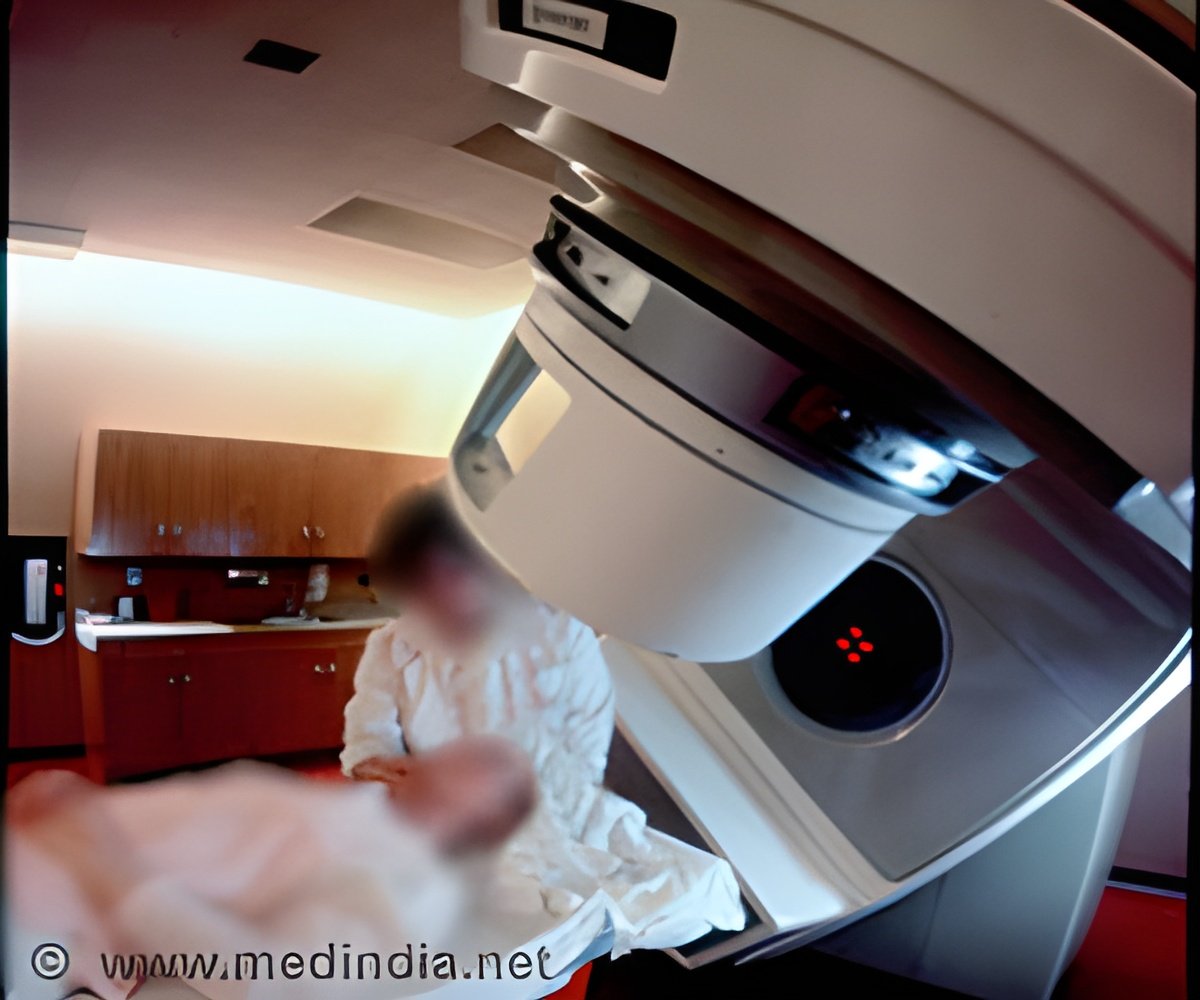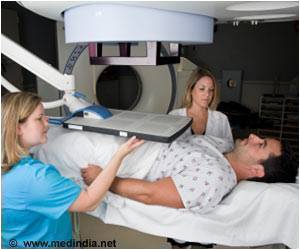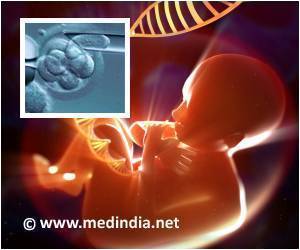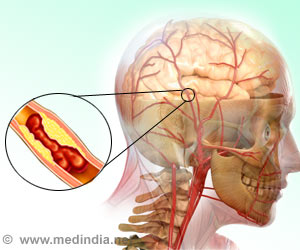
Clinical trials in humans could begin soon after the team led by Professor M. Frederick Hawthorne secures funding.
"Since the 1930s, scientists have sought success with a cancer treatment known as boron neutron capture therapy (BNCT)," Hawthorne, a recent winner of the National Medal of Science awarded by President Obama in the White House, said.
"Our team at MU's International Institute of Nano and Molecular Medicine finally found the way to make BNCT work by taking advantage of a cancer cell's biology with nanochemistry," he said.
Cancer cells grow faster than normal cells and in the process absorb more materials than normal cells.
Hawthorne's team took advantage of that fact by getting cancer cells to take in and store a boron chemical designed by Hawthorne.
Advertisement
The physical properties of boron made Hawthorne's technique possible. A particular form of boron will split when it captures a neutron and release lithium, helium and energy.
Advertisement
The study is published in the Proceedings of the National Academy of Science (PNAS).
Source-ANI















